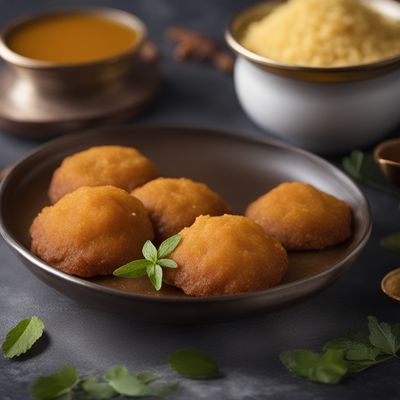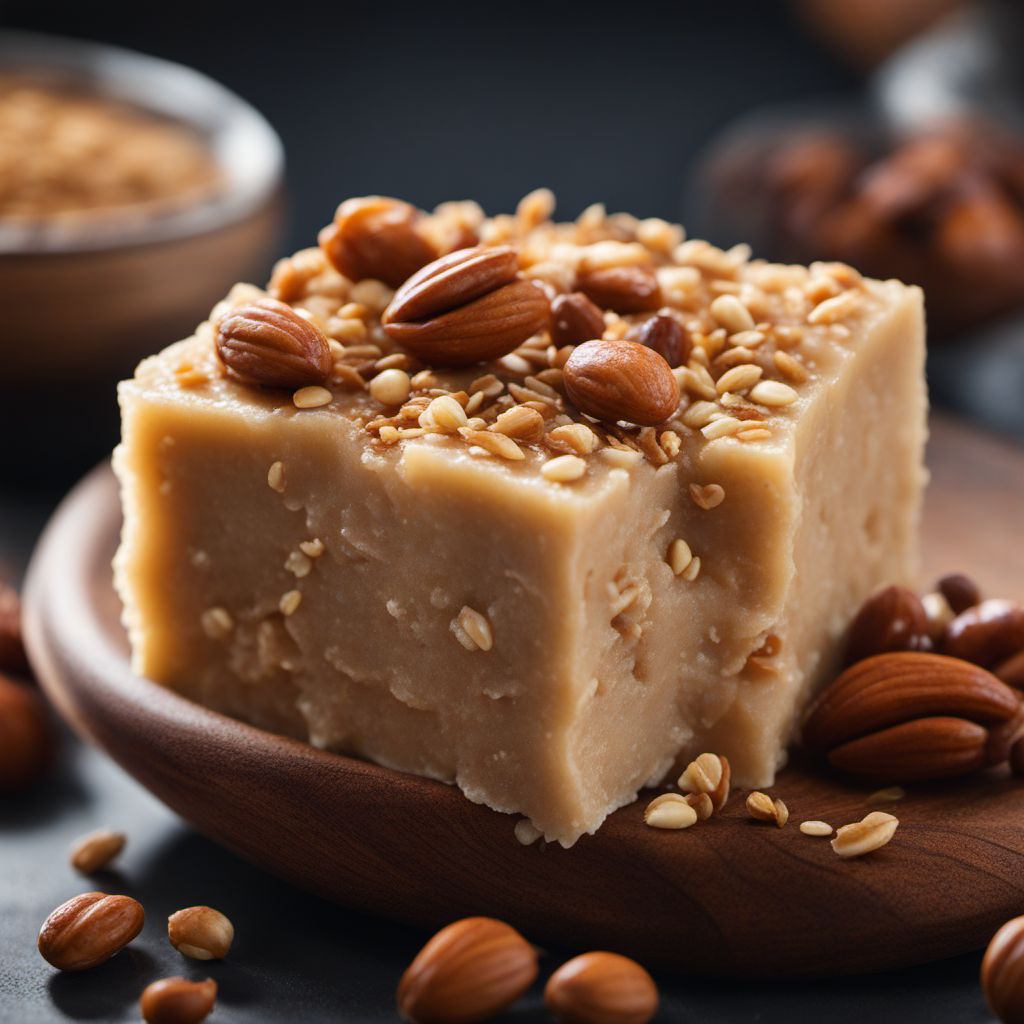
Ingredient
Nuts-seeds based halva
A Nutty Delight: Unveiling the Richness of Nuts and Seeds Halva
Nuts-seeds based halva is characterized by its rich, nutty flavor and the aromatic notes of spices such as cardamom, cinnamon, and saffron. The texture is dense and crumbly, with a melt-in-your-mouth quality. The combination of nuts and seeds provides a delightful crunch and adds depth to the overall experience of this sweet delicacy.
Origins and history
Halva, a traditional Middle Eastern and Mediterranean dessert, has a long history dating back centuries. It is believed to have originated in the Middle East and spread to various regions along ancient trade routes. Nuts-seeds based halva is a variation of this beloved dessert, where ground nuts and seeds are used as the base instead of semolina or flour. It is enjoyed in many cultures and is often served during festive occasions and celebrations.
Nutritional information
Nuts-seeds based halva is a calorie-dense treat due to the high fat content of nuts and seeds. It provides a good source of healthy fats, protein, and dietary fiber. However, it should be consumed in moderation due to its high sugar content. One serving of nuts-seeds based halva (approximately 100 grams) contains around 500-600 calories.
How to select
When selecting nuts-seeds based halva, look for reputable brands or artisanal producers that use high-quality ingredients. Check the ingredient list to ensure it contains a variety of nuts and seeds, such as almonds, pistachios, sesame seeds, and sunflower seeds. Opt for options with minimal added preservatives or artificial flavors. Additionally, consider the freshness of the halva, as it should have a pleasant aroma and a crumbly texture.
Storage recommendations
To maintain the freshness and quality of nuts-seeds based halva, store it in an airtight container in a cool, dry place away from direct sunlight. This will help prevent the halva from becoming overly soft or sticky. If the halva starts to lose its crumbly texture, it can be refrigerated for a short period of time to firm up.
How to produce
Nuts-seeds based halva can be produced at home by grinding a combination of nuts and seeds, such as almonds, pistachios, sesame seeds, and sunflower seeds, into a fine powder. This powder is then mixed with sugar, fragrant spices, and a small amount of ghee or oil to bind the ingredients together. The mixture is pressed into a mold or shaped into individual portions and allowed to set before serving.
Preparation tips
Nuts-seeds based halva can be enjoyed as a standalone sweet treat or used as a topping or filling in various desserts. It can be crumbled over ice cream or yogurt, used as a filling in pastries or cakes, or simply enjoyed with a cup of tea or coffee. The rich and nutty flavor of nuts-seeds based halva pairs well with ingredients such as chocolate, honey, and dried fruits.
Culinary uses
Nuts-seeds based halva is commonly used in Middle Eastern, Mediterranean, and Indian cuisines. It is often served during festive occasions, such as Eid, Diwali, and weddings. It is also a popular treat in countries like Turkey, Greece, Israel, and Iran.
Availability
Middle East, Mediterranean region, India, Turkey, Greece, Israel, Iran, and other countries with a tradition of halva-making.
More ingredients from this category
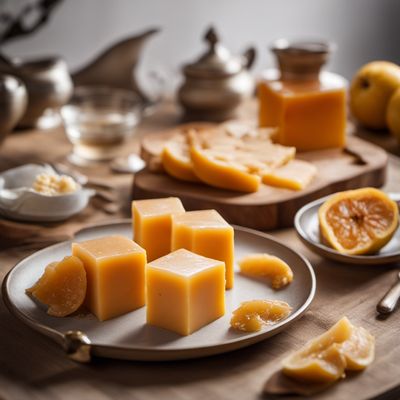
Quince cheese
The Golden Jewel of Preserves

Sugar cotton
"The Sweet Delight: Exploring the World of Sugar Cotton"
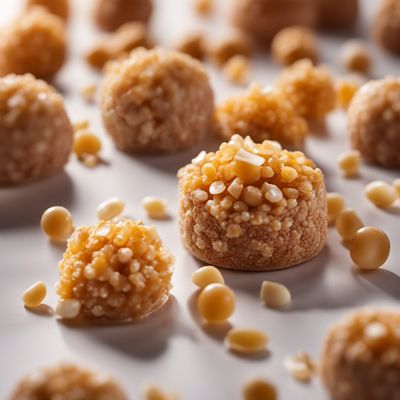
Fudge
Decadent Delight: Unveiling the World of Fudge
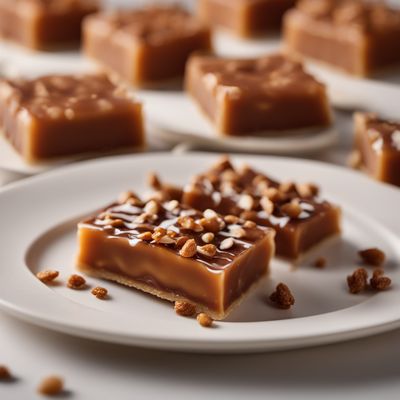
Toffee
The Irresistible Sweetness of Toffee
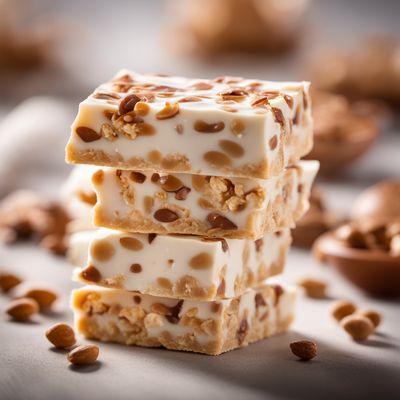
Nougat
The Sweet Delight of Nougat

Loukoumi
"The Sweet Delight: Exploring the World of Loukoumi"
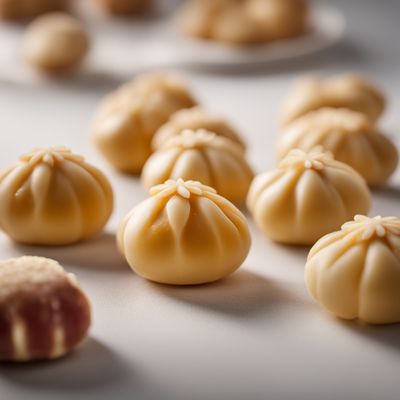
Marzipan
The Sweet Almond Confection
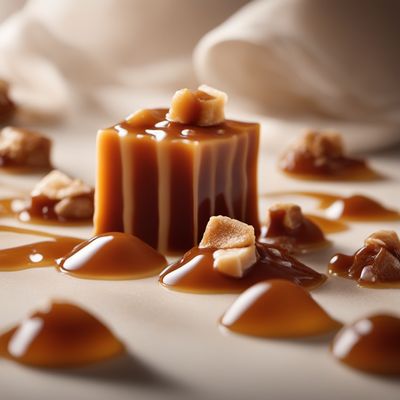
Caramel, hard
"The Sweet Delight: Exploring the World of Hard Caramel"
